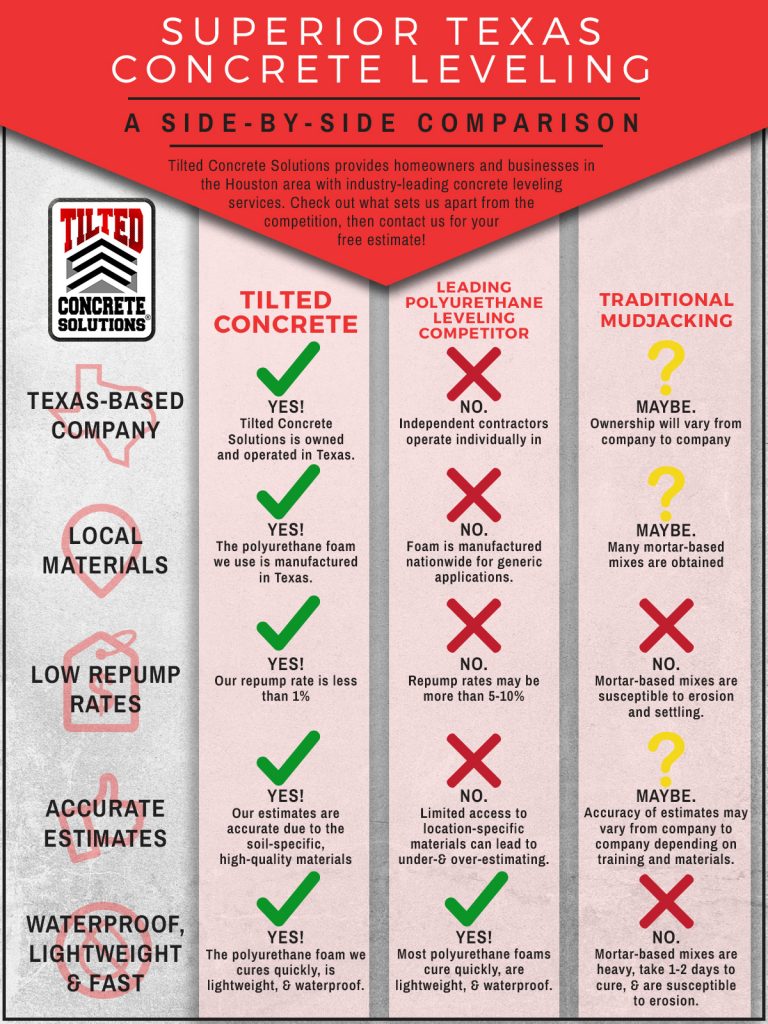Discover Exactly How Seasonal Influences Can Influence The Efficiency Of Business Exterior Paint And Find Out One Of The Most Beneficial Times To Make Sure Long Lasting Outcomes For Your Job
Discover Exactly How Seasonal Influences Can Influence The Efficiency Of Business Exterior Paint And Find Out One Of The Most Beneficial Times To Make Sure Long Lasting Outcomes For Your Job
Blog Article
Article Written By-Fox Rodriquez
When you're planning an industrial exterior painting task, seasonal factors can make or damage your outcomes. please click the next website 'll wish to take into consideration how temperature and moisture impact paint application and drying times. Picking the ideal season can ensure your paint adheres effectively and lasts much longer. Yet which periods are absolutely the best for this type of job? Let's check out the key elements that can affect your project's success.
The Impact of Temperature Level on Paint Application
When you're intending a commercial outside painting job, the temperature can significantly impact how well the paint adheres and dries.
Ideally, you intend to repaint when temperature levels range in between 50 ° F and 85 ° F. If it's also cold, the paint might not treat appropriately, causing concerns like peeling off or cracking.
On the other side, if it's as well warm, the paint can dry also promptly, preventing appropriate bond and causing an irregular surface.
You must also think about the moment of day; morning or late afternoon offers cooler temperature levels, which can be much more beneficial.
Constantly examine the producer's recommendations for the details paint you're making use of, as they commonly give guidance on the perfect temperature level variety for optimum results.
Humidity and Its Effect on Drying Times
Temperature isn't the only environmental variable that affects your industrial exterior painting job; humidity plays a substantial role also. High moisture levels can slow down drying out times substantially, influencing the general quality of your paint task.
When the air is filled with wetness, the paint takes longer to cure, which can cause problems like poor adhesion and a higher threat of mold growth. If you're painting on an especially damp day, be prepared for extended wait times in between layers.
It's critical to keep track of neighborhood climate condition and plan as necessary. Preferably, go for humidity levels between 40% and 70% for optimal drying out.
Maintaining these consider mind guarantees your task stays on track and supplies a lasting finish.
Best Seasons for Commercial Exterior Painting Projects
What's the best time of year for your industrial exterior paint tasks?
Springtime and very early fall are typically your best choices. Throughout these periods, temperature levels are light, and moisture degrees are usually reduced, developing suitable conditions for paint application and drying.
Stay clear of summertime's intense heat, which can trigger paint to dry as well swiftly, causing inadequate attachment and finish. In a similar way, winter season's cold temperature levels can prevent proper drying out and healing, running the risk of the durability of your paint work.
Go for days with temperature levels in between 50 ° F and 85 ° F for optimum outcomes. straightline painting iowa in mind to examine the neighborhood weather forecast for rainfall, as wet conditions can ruin your project.
Planning around these aspects guarantees your painting task runs smoothly and lasts much longer.
Final thought
To conclude, planning your industrial outside painting tasks around seasonal considerations can make a significant difference in the outcome. By organizing work during the excellent temperature levels and moisture levels, you'll ensure far better adhesion and drying out times. Keep in mind to keep an eye on neighborhood weather forecasts and choose the correct time of year-- springtime and early autumn are your best bets. Taking these steps will help you accomplish a sturdy and specialist surface that lasts.
